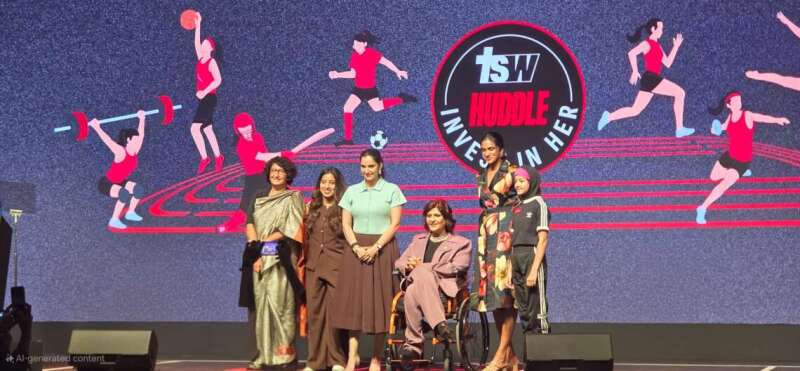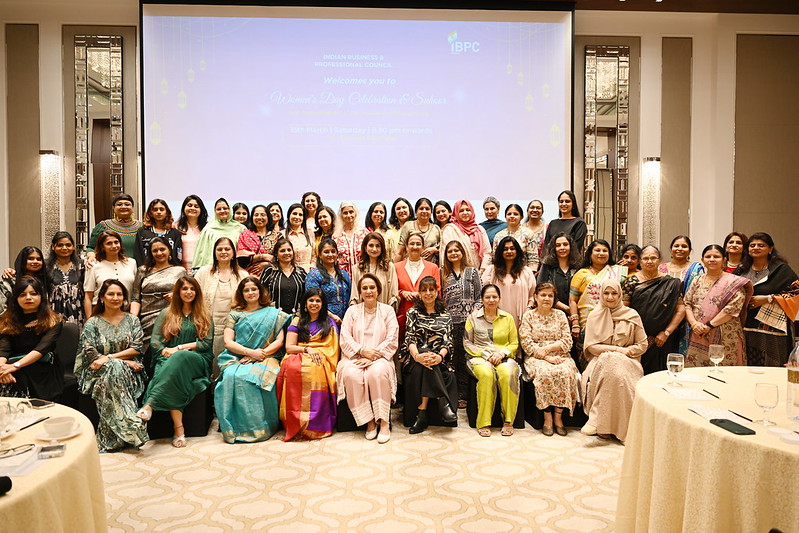
Researchers, including one of Indian-origin, have found that menstrual dysfunction is more prevalent in young athletes than among non-athletes of a similar age.
The study, published in the Scandinavian Journal of Medicine & Science in Sports, conducted among members of sports clubs who exercised at least four times a week (athletes) and non-athletes.
“The current data of athletes and non-athletes in adolescence (14-16 years) and subsequently in young adulthood (18-20 years) were investigated,” said study authors from the University of Jyvaskyla in Finland.

In this study, menstrual dysfunction was defined as follows: primary amenorrhea, prolonged menstrual cycle (below 35 days) or absence of menses for at least three consecutive months (secondary amenorrhea).
The findings showed that in adolescence, 18 per cent of both athletes and non-athletes reported menstrual dysfunction.
However, eight per cent of the athletes reported primary amenorrhea (absence of menses by the age of 15) in contrast to the non-athletes group, where the prevalence of primary amenorrhea was zero per cent.
In young adulthood, the prevalence of menstrual dysfunction in athletes was 39 per cent, while six per cent of the non-athletes reported menstrual dysfunction.
“We know from previous studies that one of the most common reasons for menstrual dysfunction is low energy availability,” said study author Suvi Ravi.

The present study also assessed body weight dissatisfaction among the participants.
The results showed that athletes were more satisfied with their weight and had less desire to lose weight than non-athletes did.
Despite this, in both age groups about 20 per cent of the athletes and about 40 per cent of the non-athletes reported body weight dissatisfaction.
“This is concerning since we know that body weight dissatisfaction can result in disordered eating,” Ravi said.
“Attention should be paid to young people’s body weight dissatisfaction as well as menstrual dysfunction in order to prevent future health problems,” he noted.









